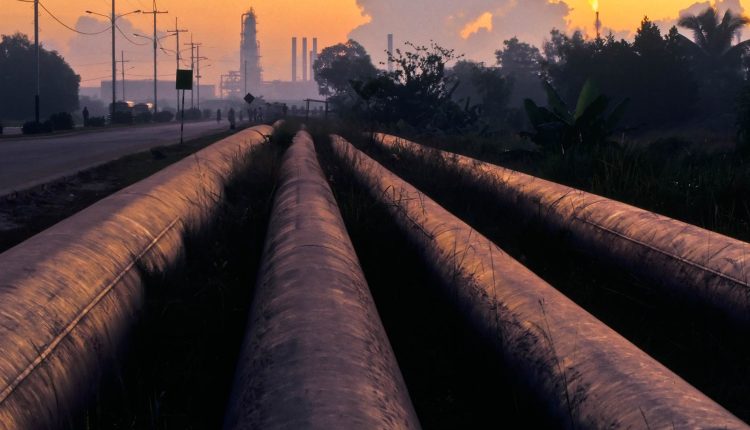Oil prices declined on Thursday, as new Covid-19 lockdown measures in China added to worries that high inflation and interest rate hikes are denting fuel demand.
Brent crude futures was down $2.50, or 2.6 percent to $93.15 per barrel. U.S. West Texas Intermediate (WTI) crude futures deceased $2.31, or 2.6 percent to $87.22 per barrel.
“Western-world oil demand, as well as China’s, is stagnant, while supplies are expanding incrementally, largely on the back of the U.S. shale boom,” Julius Baer analyst Norbert Rucker stated.
Asia’s factory activity was down in August as China’s zero-Covid curbs and cost pressures continued to hurt businesses, darkening the outlook for the region’s fragile recovery, according to surveys reported on Thursday.
A possible revival of a 2015 Iran nuclear deal which would allow the OPEC member to foster its oil exports also weighed on prices.
French President Emmanuel Macron noted on Thursday he hoped a deal would be concluded in the coming days.
OPEC’s output reached 29.6 million barrels per day (bpd) in the most recent month, while U.S. output rose to 11.82 million bpd in June, , according to a Reuters survey.
Both are at their highest levels since April 2020.
The oil market will have a small surplus of just 400,000 bpd in 2022, much less than forecast earlier, according to OPEC and its partners, due to underproduction of its members, data from the group showed.
The group expects an oil market deficit of 300,000 bpd in 2023.
In the meantime, U.S. crude stocks declined by 3.3 million barrels. The gasoline stocks were down 1.2 million barrels, according to the U.S. Energy Information Administration on Wednesday.
Finance ministers from the Group of Seven group of wealthy nations will discuss the U.S. Administration’s proposed price cap on Russian oil when they meet on Friday, the White House concluded.



